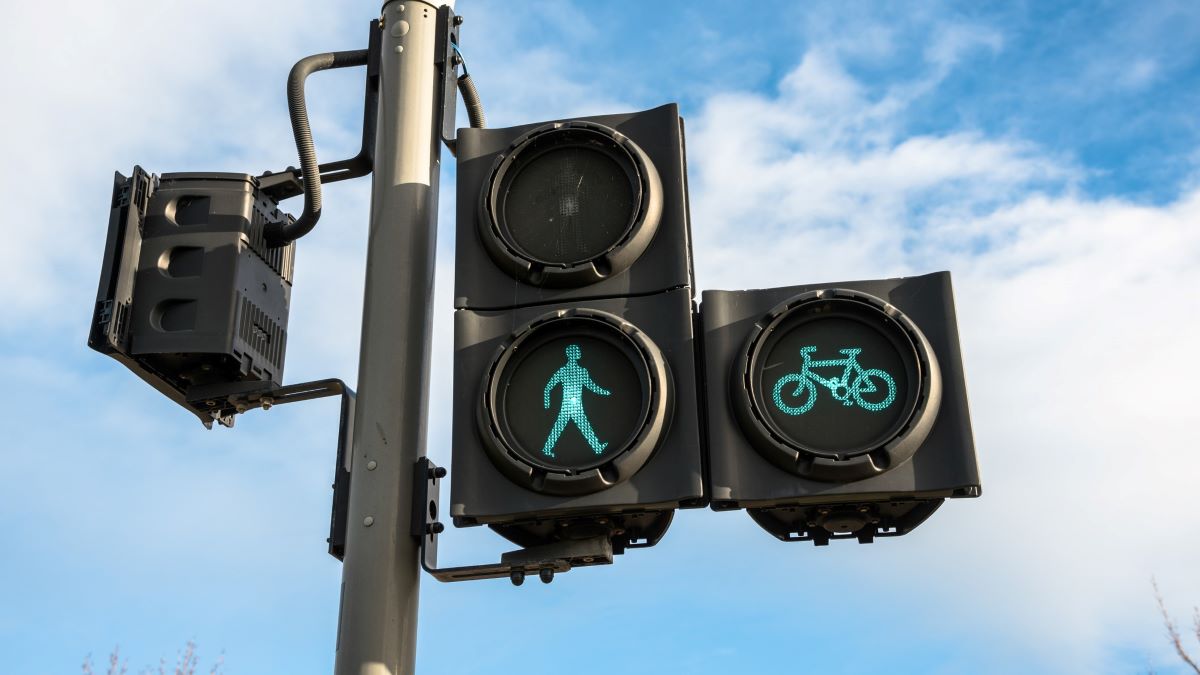Scotland’s four largest cities – Aberdeen, Dundee, Edinburgh and Glasgow – have now introduced new or expanded existing low emission zones.
The country’s first low emission zone came into effect in Glasgow city centre at the end of 2018 to reduce levels of nitrogen dioxide and other air pollutants.
Glasgow’s LEZ is now being enforced so all vehicles entering the city centre zone must meet the required emission standards or face penalty fines. Glasgow City Council may offer time-limited exemptions for some non-compliant vehicles, however, these are only being granted in exceptional circumstances. You can find out more about exemptions on the council website.
Local grace periods in Edinburgh, Dundee and Aberdeen are still in effect, with LEZ enforcement in Edinburgh and Aberdeen to take effect from 1 June 2024, and just a few days earlier in Dundee, from 30 May 2024.
